Introduction
This article aims to offer a perspective on the opportunities the Australian Army Cadets (AAC) present for recruiting from diverse backgrounds who might not have considered the Army as a preferred employer. The AAC can enhance recruitment by increasing exposure to Defence, which is facilitated through tactical involvement. Most of the ADF's support to Cadets occurs at the strategic and operational levels via funding and nationally coordinated activities. However, many regional and low Defence presence areas face difficulties in running their Cadet programs.
This article will use high school students from Sydney as a case study and include insights from former students of diverse backgrounds who might not have otherwise considered a career in the ADF, yet participated in the AAC program and have since enlisted in the Australian Army.
Supporting the AAC; enabling recruitment through ADF Support
The AAC is a leading national youth development organisation that embodies the character, ethos, and values of the Australian Army. However, as the Army faces a recruitment and retention crisis, the AAC has made significant contributions to recruiting soldiers through the exposure of the Army to our Defence Youth. The AAC creates an environment where cadets can build resilience, self-esteem, leadership skills, and a stronger sense of service to the community and the nation.
The AAC receives support from the Army through active serving personnel posted to Cadets in each region. Army reservists command cadet formations with support staff consisting of regular, reserve, and Australian Public Servants. Among these headquarters elements and all AAC units, there are also adult volunteers who are officers of cadets (OOC). OOC are the main drivers of this organisation and ensure our Defence Youth can operate safely on AAC activities at the tactical level.
There are approximately 18,500 Army Cadets in over 250 units spread across Australia. Over 1,400 Army Cadet Staff volunteers support the program. In some regional centres, the AAC is the only connection Defence has, and so it reinforces the importance of the partnership between Army Cadet Units (ACU) and their local community.
Cadet formations also receive support from other Army formations. For example, the South Queensland AAC Brigade had a memorandum of understanding (MoU) with the 6th Brigade prior to it disbanding. Some ACU also have sponsor units based on the locations they parade at as they mostly parade within Defence establishments (with some exceptions of rural units and school-based units). For example, 11 CSSB may commonly support 149 ACU as they both parade within Greenbank Multi-User Depot (MUD). These exposures to Army will influence our Defence Youth in their development as potential candidates of the Army. Cadets will have access to a variety of different trades within the Army and be provided additional resources for their employment opportunities.
There are no Army personnel posted within ACU. ACU are the main force elements for cadets to parade at on a weekly basis. They have a similar routine to reservist units and are commanded at a sub-unit level. The OOC will facilitate their weekly parade nights and monthly exercises out in the field. Most of the OOC are ex-serving or ex-cadets. Some civilians with no military experience also participate in the program.
However, what most people are not aware of is that active serving personnel can also double hat as an OOC. It is no different from members in the Australian Regular Army who are employed in another job through the “AE107 Request to Undertake Civilian Employment or Voluntary Activities in Off-Duty Hours” form. It is the experiences of ex and current serving personnel that engages the cadets. You are paid an allowance called the Cadet Voluntary Payment and have the opportunity to influence the future generations of the Australian Army.
CASE STUDY: Students and the AAC
This case study focused on a specific demographic. A student from a non-English speaking background in a major city might not normally view the ADF as an attractive employer. Factors like education, family and social influences, and the stigma of military service often discourage recruitment from these groups. However, when exposed to the AAC, students from these backgrounds generally showed a strong interest in the Army and were more likely to consider serving part-time.
Breaking the stigma
When people from diverse cultural backgrounds think about the ADF, certain stigmas exist. Using the Army as an example, civilians with no exposure to the ADF would most likely view the Army as only infantry or the Air Force as solely pilots. Emerging capabilities like Cyber, Space, artificial intelligence, and Quantum would be more challenging to recruit for. Other fields such as engineering, law, and medicine will also see private sector employers gaining higher appeal, especially in terms of pay and lifestyle, due to a lack of awareness of the opportunities the ADF can offer that private employers cannot. The AAC will provide that exposure and increase the likelihood of individuals considering Army employment for these opportunities. The total workforce system allows the flexibility of service needed by some of these roles’ demographics.
Examples of current serving personnel
- Calvin Zeng
Baulkham Hills High School Class of 2017
Medicine Student at Western Sydney University (2022)
Reached the rank of Assistant Brigade Cadet Under Officer of NSW AAC BDE from BHHS ACU
General Service Officer (Artillery); Army Reserves
“Growing up my family’s vision of success was narrow and rigid. A large portion of my schooling years was saturated with reminders of the importance of academia and its necessity in securing me a future worthy of their commitments. I could only imagine their surprise when I suggested the idea of enrolling into the Australian Defence Force Academy (ADFA) – their response a combination of hesitance and support. While I did not continue down this pathway, the urge to serve in the Australian Defence Force in some capacity lingered through my early years at university. This ultimately resulted in my pursuit of a role in the Australian Army Reserves, and subsequent appointment as a SERCAT 5 GSO.
The idea of joining the ADF would likely have never arisen if it wasn’t for my participation in the Australian Army Cadets (AAC). At my school, joining the military was very much an exception to the norm – in a cohort of 200 I was one of two students to pursue a career in Defence. Working with the commanders, staff officers, and non-commissioned officers in New South Wales AAC HQ was invaluable in helping me gain insight into military life and culture. I am grateful for the opportunities and experiences that my time in the AAC afforded, and its role in building my desire to join the ADF.”
- Guan Qun Liu
Sydney Technical High School Class of 2018
ADFA (University of New South Wales) Graduating Class 2021
Reached the rank of CDTSGT from 233 ACU
General Service Officer (Ordnance); Australian Regular Army
“The AAC exposed me to Army. Coming from a selective high school, I was forged down the path to go to university and study a ‘prestigious’ degree. We had a rank for the top five prestigious courses: Law, Medicine, Business, IT and Engineering. It was almost certain that a student from a selective high school would end up in one of those courses. The organisation taught me the importance of service before self.
Concurrent to my role as an Army Officer, I also continued my participation with the AAC program as an OOC. There has been challenges of stigma around ex-cadets who are actively serving, let alone a current cadet who is serving! Often, peers would ask me why I am wasting my time with cadets after hours, but I see value in giving back to this organisation and am humbled to see growth in our Defence Youth. Especially if they end up enlisting in our Army.”
- Jason Zhang
Sydney Boys High School Class of 2018
Aeronautical Engineer Student at University of Sydney (2022)
Reached the rank of CDTWO2 from SHS ACU
Defence Sponsorship Program (Specialist Service Officer; Australian Regular Army)
“There is no doubt that having been an Army cadet for five years has shaped my character and influenced me to pursue the Army as a career. I went to a selective high school which had a significant focus on academia, sport, and extra-curricular activities. I joined cadets having no family background and very little knowledge about the Australian Army. Initially the program seemed a great way to break up rowing training and study with hiking and outdoor education.
However, it soon became apparent that cadets more complementary, instilling in me the values of courage, teamwork, initiative, and the pursuit of excellence. The program also dispelled any anxieties I had about joining the ADF in the future and taught me character and history of the Australian Army. The range of experiences that I had as a cadet from the bivouacs to courses reinforced the lessons taught on parade nights to become the values which I still use today. However, by far the most rewarding experience of the program was the opportunity to teach, mentor and lead other cadets as I gained experience.
After high school, I wanted to continue pursuing what the cadet program offered, so joining the Reserves as a university student was the best answer. However, this waned as I learnt of the opportunity to become an Aeronautical Engineer in the Army, which represented a conflation of my personal development pursuits, career pathway and rewarding service.”
Modern Army requires diverse soldiers
Using the Selective High School example was merely a case study of one demographic group. If we break down this group further, selective high schools have some of the most culturally diverse backgrounds. A study conducted by the University of Technology Sydney showed that in 2016, over 94% of students from Sydney selective schools came from Non-English speaking backgrounds (Ho, n.d.). In Melbourne, 93% of selective students are from Asian backgrounds, mostly Chinese and Indian (Milburn, 2011). This isn’t just a simple reflection of students in selective schools, but rather a representation of multiple cultural groups. In cities like Sydney and Melbourne, many students from non-selective schools participate in tutoring and additional studies outside of school to compete with selective students (Munro, 2017). These students also come from non-English speaking backgrounds. Clearly, the ADF is not the employer of choice for students from non-English backgrounds. However, in the case study, the main reason for this is a lack of awareness and the stigma around enlistment.
ADF Careers
Defence recruiting should also look into opportunities with cadet programs. Although some departments within Cadets support ADF Careers for ex-cadets, a more intentional approach is needed. Encouraging junior high school students to join the AAC through school visits and career expos could significantly boost long-term recruitment. These activities can be expanded by inviting ADF Cadets to participate in ADF Careers events, thereby reaching a broader audience. Some events with recruitment stands, such as Run Army, already exist – these could be further developed through school seminars and career expos.
Conclusion
The modern Army operates within more complex systems and environments. Therefore, it requires our fighting force to be equipped with a more diverse workforce. A multicultural team will give the Army a larger pool of personnel, fostering capabilities through varied perspectives and ideas. The AAC will serve as an excellent recruiting strategy for high school students, making the Army a more attractive employer of choice. Additionally, the AAC could gain further support from the Army through MoUs and active serving personnel assisting the organisation.
References
Ho, C. n.d., Everyday Multiculturalism in the selective high school system in Sydney. Faculty of Arts and Social Sciences; University of Technology Sydney.
Milburn, C. 2011, Fears over ‘White Flight’ from selective schools. The Sydney Morning Herald.
Munro, K. 2017, Selective schools drive tutoring industry as students strive to keep up. The Sydney Morning Herald.
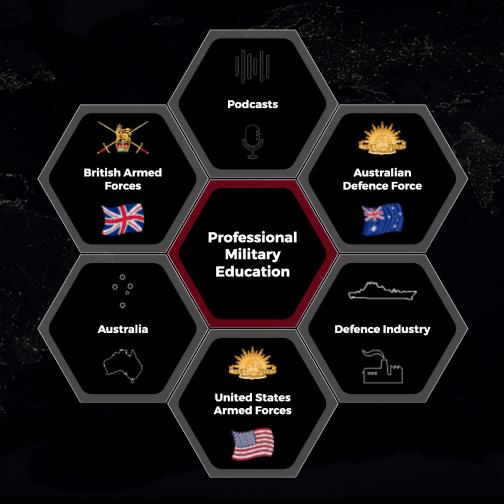
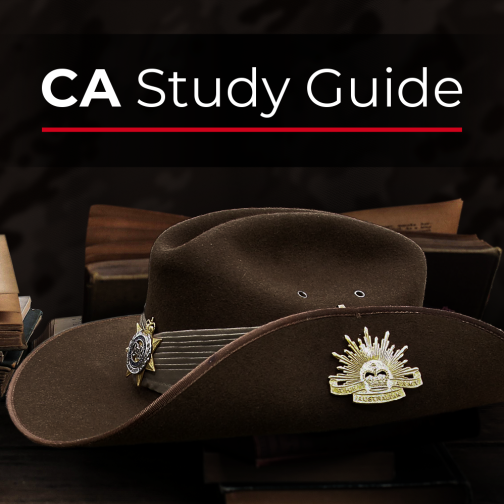

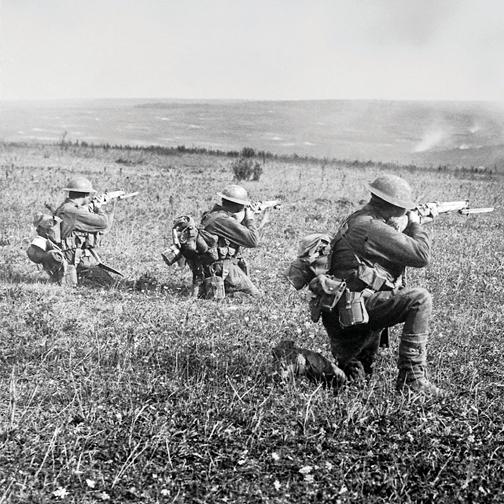

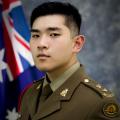
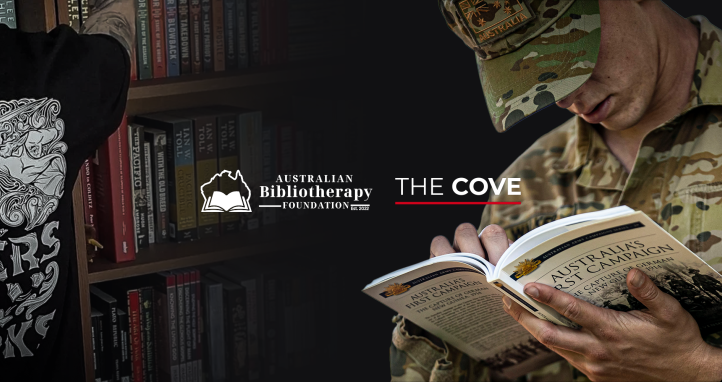
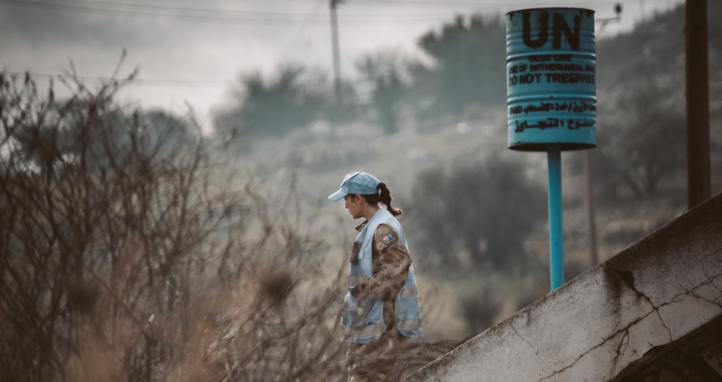
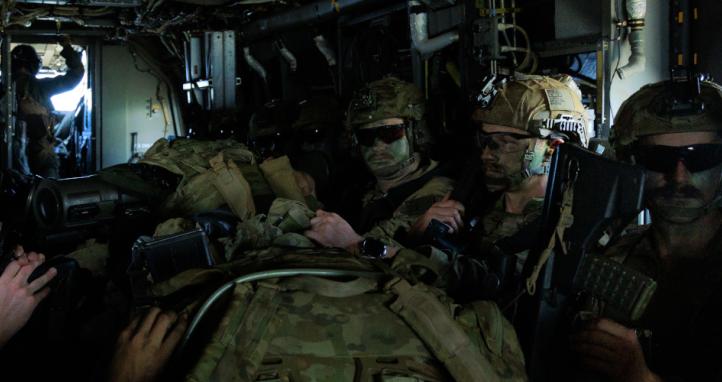

You hinted at the fact that many Australians from CALD backgrounds have life experiences with the military that are negative. In some cultures, service in the military is deemed as highly honourable but in others it is definitely not so.
You are also correct to say that support at the tactical ACU level is limited. Support from serving and ex serving members is a force multiplier at this level. Support from current serving member on Annual Field Exercise is also critical as this is the point at which most cadets interact with Army and ADF members. Whilst it may be seen as a drain on resources, in reality this is the best way for the ADF to show AAC members what ADF members do.
Thank you for your support of the AAC and for demonstrating a commitment to youth development even whilst undertaking your own training at ADFA. This was something I did myself and it gave me some time away from the Academy. I would recomend service to other serving and ex serving members as a way to continue ongoing service to our nation and its future.
I would like to also honourably point out Rodger Young, a MoH recipient who was half deaf and half blind served the Military and was awarded the highest honour in the U.S. award system.
There is a recruitment crisis - Yes, however ambitious cadets are barriered from this opportunity due to medical reasons. ADF/DFR operates strictly bureaucratically and for this reason I believe ADF should introduce a bridge-gap testing program to test the viability of candidates who would typically not meet medical standards to test their capabilities.
The most common rebuttal from those who decide the outcome of medical appeals, or reject applications is attributed to operational safety in the field. This is merely an oversimplification of what one can achieve really.
Higher education and qualifications in areas where Defence is developing or have capability gaps such as AI, Cyber, Space or Quantum physics (to name a few) will enable these cadets to be potentially recruited as SERCATs 3/4 and will not have AIRN requirements. We could potentially even explore SERCATs 5/7 for these specialist roles as the expectation for them to deploy is low. Again, it's the experiences and qualifications they can bring to the table. This is the only other approach I can think of that may be a viable option. If the individual is not medically fit to deploy to begin with and is a chronic illness, they will struggle being in a combat support or combat service support role. This is not helping the individual and exposing them to additional risks.
Thank you for bringing this to wider attention. I had not considered all of the benefits you have outlined.
I agree Army Cadets are a great vector for recruiting that Army should support. It is also just a really good young citizens program that increases resilience and a sense of service to the community. In an era of whole-of-nation threats, having more young people entering adulthood with these reinforcing aspects can only be a good thing.